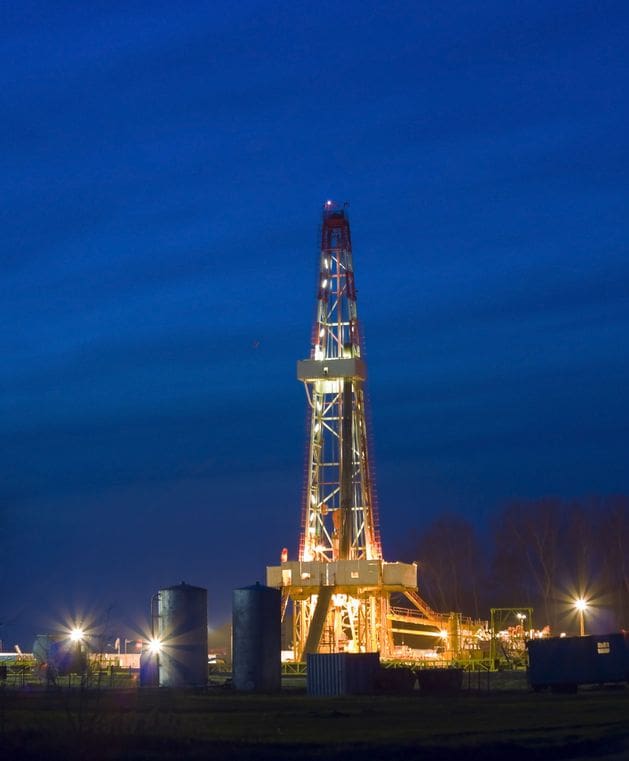SANTA CLARA, Calif. – Frost & Sullivan’s recent analysis, The Future of Drilling Systems, highlights the rise of disruptive technologies such as blockchain, additive manufacturing, and Artificial Intelligence (AI) and how they are setting the stage for large-scale gains in operational and cost efficiencies in the drilling sector. Intelligent, automated drilling systems demonstrably have a huge impact on the drilling rig count and cost per well drilled as they require fewer on-site workers and boost the efficiency of people still on location. In addition, these systems proactively conduct maintenance to decrease non-productive time (NPT) and critical failures.
The analysis also provides an overview of emerging technology areas, industry shifts, company profiles, and resulting business model transformations in drilling activities through 2025. It presents clients with a holistic, directional analysis of the drilling ecosystem, with a focus on onshore operations.
For further information on this analysis, please visit: http://frost.ly/2o1
“Next-generation automated drilling systems can drastically reduce the time spent on reporting, record keeping, and compliance by integrating technologies such as advanced computing, advanced sensors, and computer vision,” said Chirag Rathi, Energy & Environment Consulting Director at Frost & Sullivan. “While robotics will leverage sensors and digital twins, blockchain can aid in parts ordering and logistics. Similarly, additive manufacturing can help create parts, augmented reality (AR) can handle maintenance, and the whole system can be coordinated through cognitive computing.”
The new upstream methods are expectedly triggering novel business models and altering the value chain. For instance, contractors and service providers are consolidating vertically to expand their offerings to provide proprietary, all-in-one solutions. In due time, legacy rig fleets will be rationalized and integrated across a holistic automation platform, which, in turn, will stoke industry demand for open systems architecture.
“The rising relevance of digitally enabled business models will coincide with the increasing importance of data in influencing procurement decisions. The net result will be a highly transparent and quantifiable value chain,” noted Rathi. “The greatest industry impact will be felt when an AI-driven platform that automates procurement across all drilling and support activities emerges as a trusted, secure, third-party application encompassing the entire drilling ecosystem.”
The drilling industry is clearly in the midst of a digital transformation. Among the numerous big and small industry shifts, the five that stand out are:
- Data-driven decision making: As actionable data replaces human judgment, Big Data analytics combined with machine learning and other AI techniques will enable smarter automation, streamlined workflows, and optimized supply chains for higher operational efficiencies.
- Shifting workforce composition: An aging workforce will be replaced by digital natives, prompting enthusiastic adoption of digital solutions.
- Digitally enabled business models: Upstream will move beyond fixed day-rate models as operators peg rates against micro-fluctuations in a range of benchmarks. This will promote data-validated performance over other contracting considerations such as brand or relationship history.
- Accelerating pace of innovation: The push for open systems architecture will fuel innovation-based competition.
- Value chain disruptions: Operators are acquiring suppliers to lower costs. Eventually, they may take over drilling responsibilities due to the potential of automation to diminish costs and liability risks.
The Future of Drilling Systems is part of Frost & Sullivan’s global Oil & Gas Innovation Council.
About Frost & Sullivan
For over five decades, Frost & Sullivan has become world-renowned for its role in helping investors, corporate leaders and governments navigate economic changes and identify disruptive technologies, Mega Trends, new business models and companies to action, resulting in a continuous flow of growth opportunities to drive future success. Contact us: Start the discussion.





